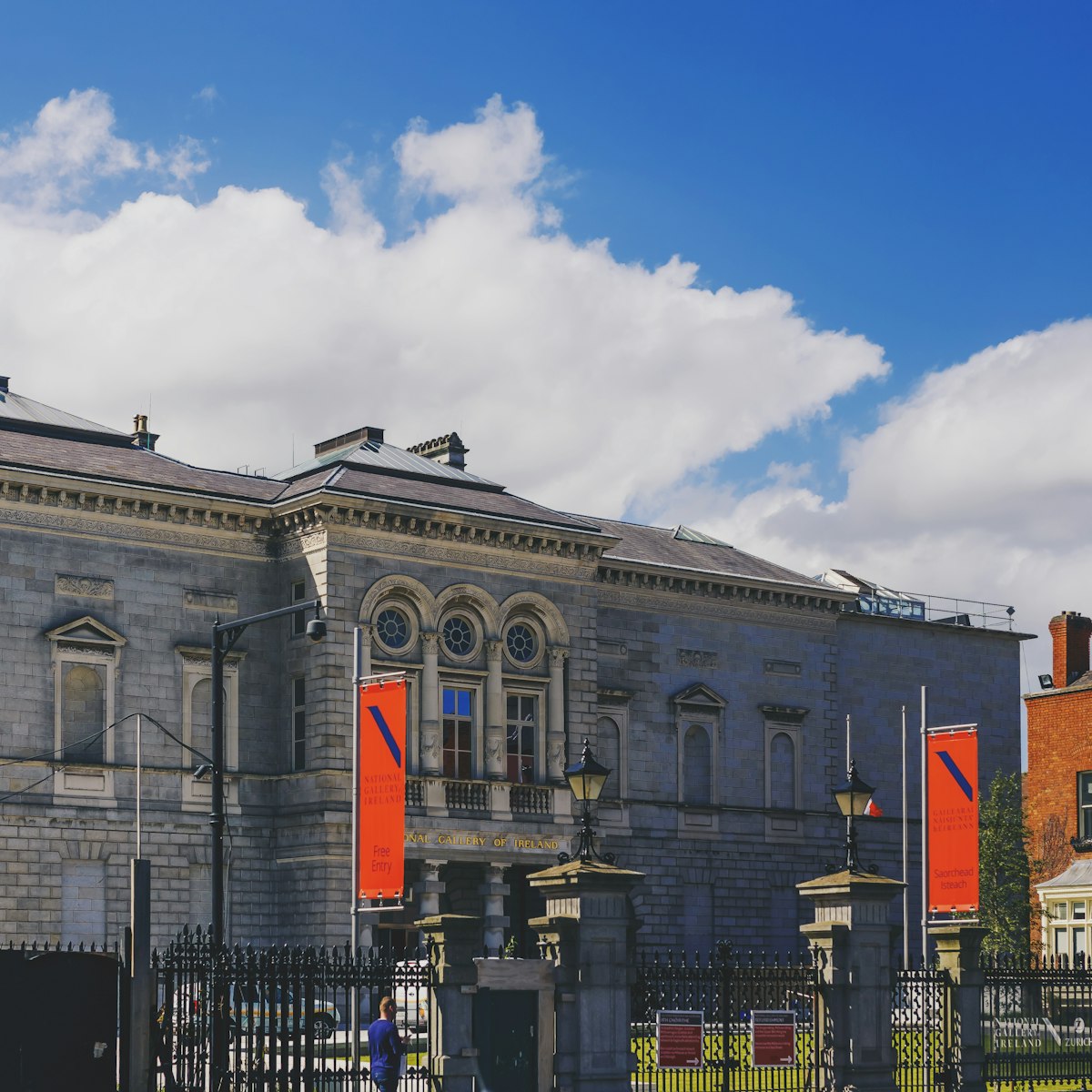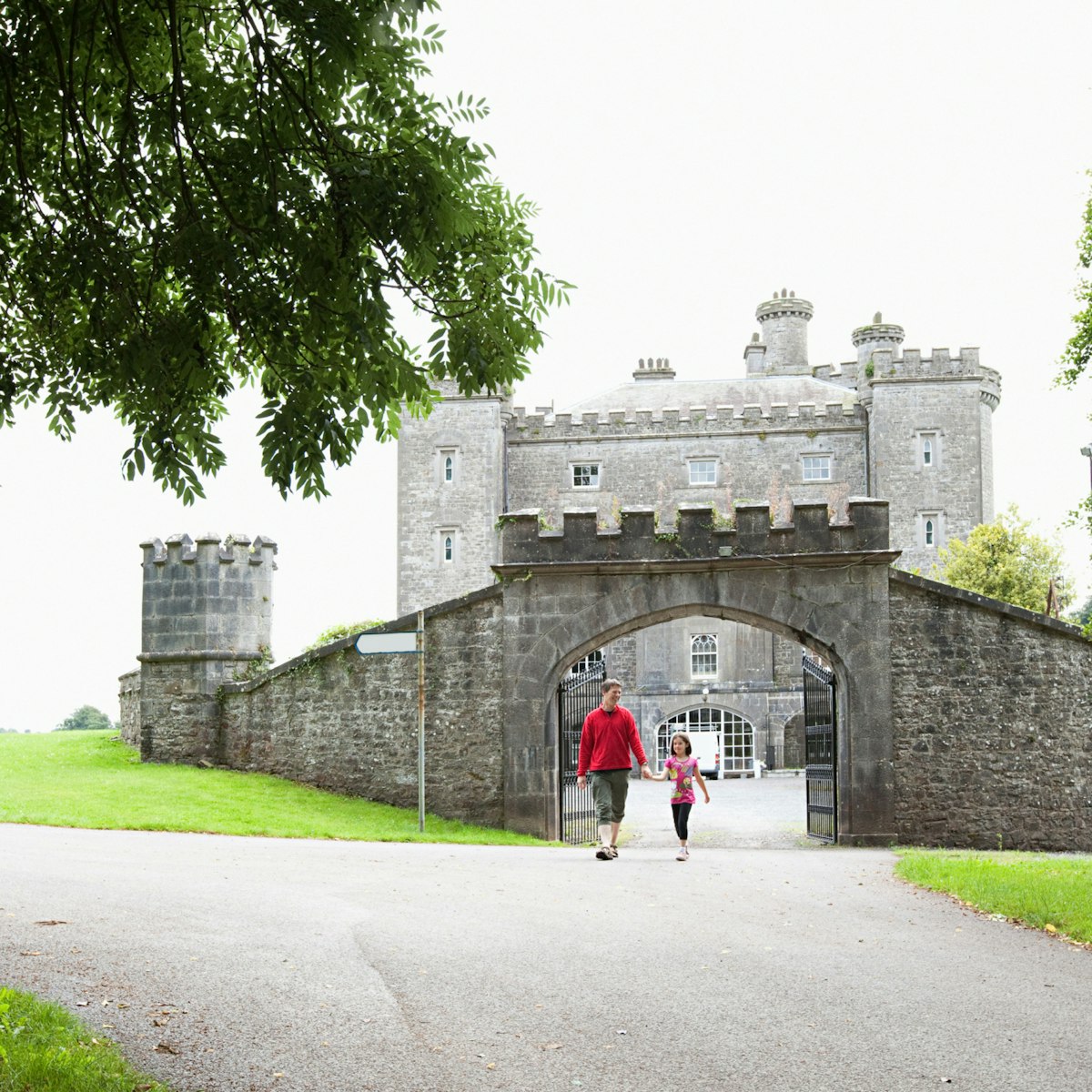Magnificent Castletown House is Ireland’s single-most imposing Georgian estate, and a testament to the vast wealth enjoyed by the Anglo-Irish gentry during the 18th century. Hour-long guided tours beginning at noon and 3pm provide an insight into how the 1% lived in the 18th century; otherwise you can wander at will. Don't miss a stroll down to the river for grand views back to the house. Castletown is signposted from junction 6 on the M4.
The house was built between the years 1722 and 1732 for William Conolly (1662–1729), speaker of the Irish House of Commons and, at the time, Ireland's richest man. Born into relatively humble circumstances in Ballyshannon, County Donegal, Conolly made his fortune through land transactions in the uncertain aftermath of the Battle of the Boyne (1690).
The job of building a palace fit for a prince was entrusted to Sir Edward Lovett Pearce (1699–1733) – hence the colonnades and terminating pavilions. His design was an extension of a preexisting 16th-century Italian palazzo-style building, created by Italian architect Alessandro Galilei (1691–1737) in 1718, but Conolly wanted something even grander, hence Pearce's appearance on the job in 1724. A highlight of the opulent interior is the Long Gallery, replete with family portraits and exquisite stucco work by the Francini brothers.
Conolly didn't live to see the completion of his wonder-palace. His widow, Katherine, continued to live at the unfinished house after his death in 1729, and instigated many improvements. Her main architectural contribution was the curious 42.6m obelisk, known locally as the Conolly Folly. Her other offering was the Heath Robinson–esque (or Rube Goldberg–esque, if you prefer) Wonderful Barn, six teetering storeys wrapped by an exterior spiral staircase, on private property just outside Leixlip, which is closed to the public.
Castletown House remained in the family's hands until 1965, when it was purchased by Desmond Guinness, who restored the house to its original splendour. His investment was continued from 1979 by the Castletown Foundation. In 1994 Castletown House was transferred to state care and today it is managed by the Heritage Service.








